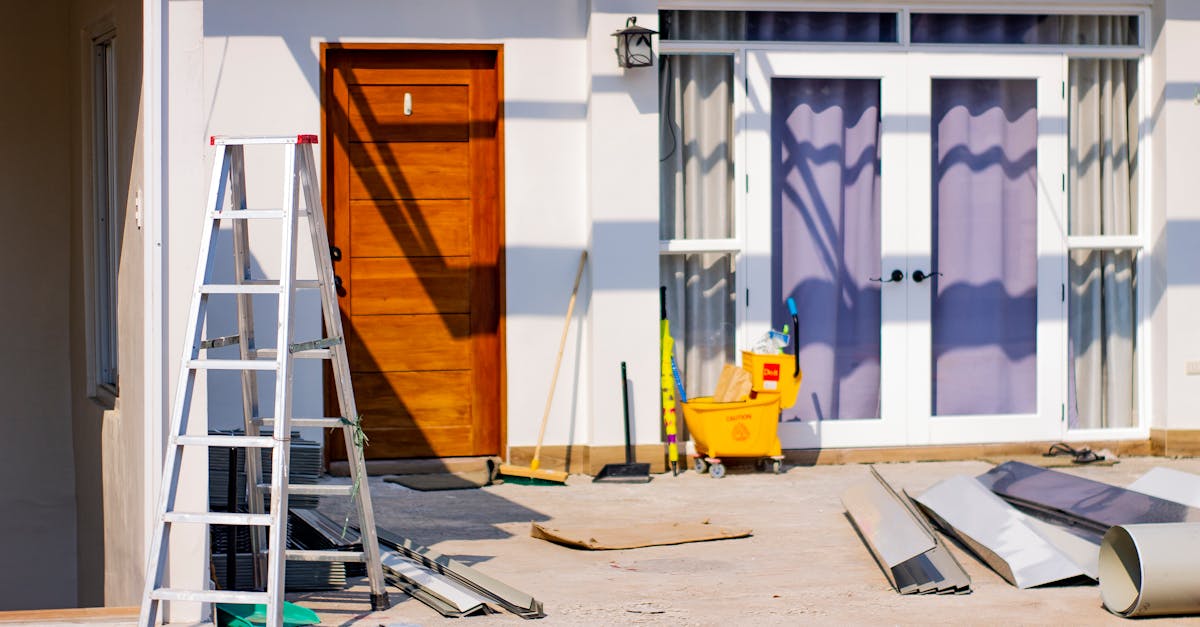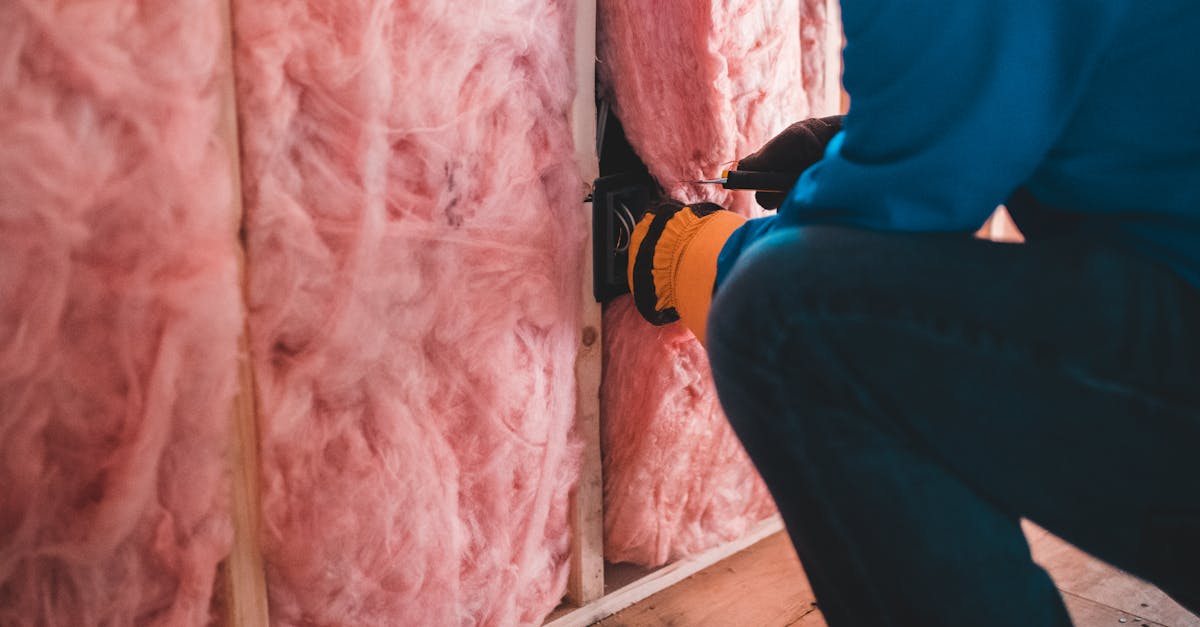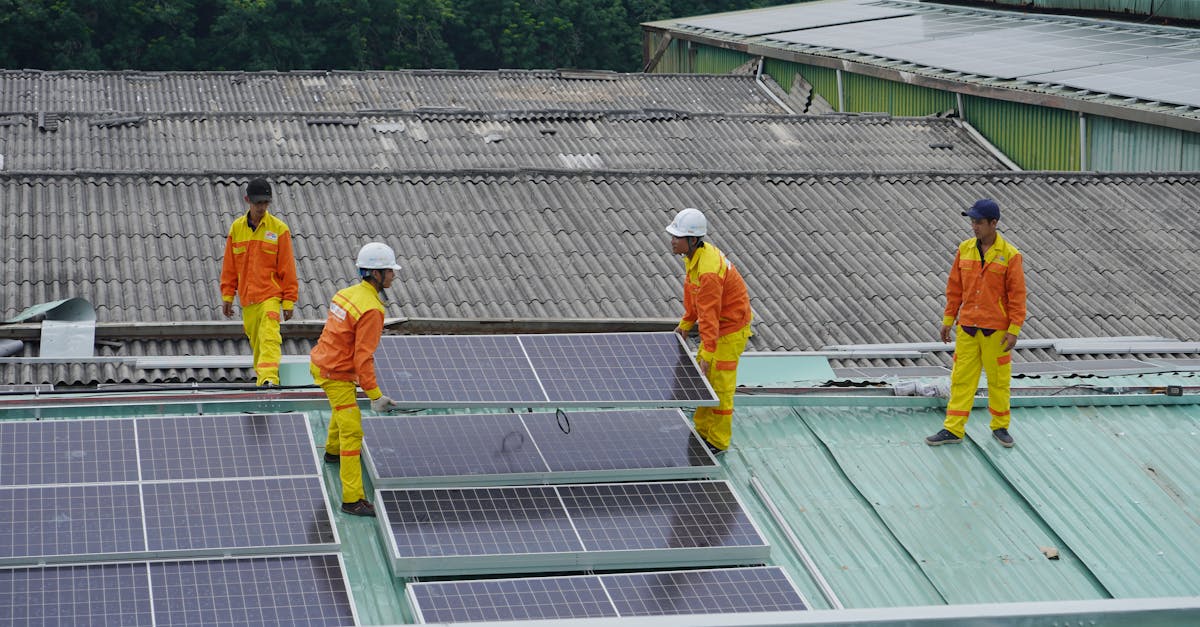A Guide To Installing Solar Panels
Introduction
Harnessing solar energy through the installation of solar panels is becoming an increasingly popular choice for homeowners. With the promise of reduced energy bills and a smaller carbon footprint, it's an attractive option. This guide aims to provide clear, step-by-step instructions for installing solar panels on your property.
Advertisement
Understanding Solar Panels
Solar panels, also known as photovoltaic (PV) panels, convert sunlight directly into electricity. They are composed of solar cells made from semiconductor materials such as silicon. These cells absorb sunlight and release electrons, generating electric current. Understanding their function is crucial to maximizing their efficiency.
Advertisement
Assessing Your Energy Needs
Before purchasing solar panels, determine your household's energy consumption. Review your electricity bills to understand your average monthly usage. This information will guide you in selecting the right number of panels needed to meet your energy requirements.
Advertisement
Evaluating Your Roof's Suitability
Check your roof's condition and orientation to ensure it's suitable for solar panels. A south-facing roof ideally captures maximum sunlight. Ensure there are no obstructions like trees or buildings casting shadows on the roof area designated for the panels.
Advertisement
Obtaining Necessary Permits
Before installing solar panels, you'll need to secure the necessary permits from your local authorities. Permit requirements vary by location, so check your city or county's regulations. Obtaining permits ensures compliance with safety and building standards.
Advertisement
Choosing the Right Solar Panels
Consider factors such as panel efficiency, durability, and warranty when selecting solar panels. Higher efficiency panels capture more sunlight and generate more energy, but might be more expensive. Discuss options with a reputable solar installer for tailored advice.
Advertisement
Hiring a Professional Installer
While some homeowners opt for DIY installations, hiring a professional ensures the job is done safely and correctly. An experienced installer can handle the complex wiring and mounting systems, ensuring optimized panel placement and connection to the grid.
Advertisement
Installation Process
Once you've sourced your panels and hired a professional, the installation process begins. This typically involves mounting the panels, installing inverters, and wiring them to your home's electrical system. Ensure regular inspections during the installation to address any issues.
Advertisement
Connecting to the Grid
Post-installation, connect your solar system to the local power grid. This allows you to use electricity from the grid when solar production is low and to send excess electricity back to the grid. Many regions offer incentives for feeding electricity back to the grid.
Advertisement
Conclusion
Installing solar panels is a significant step towards sustainable living and energy independence. By understanding the installation process and requirements, you can make informed decisions. Once operational, your solar system will contribute to lower energy bills and a reduced environmental footprint.
Advertisement


